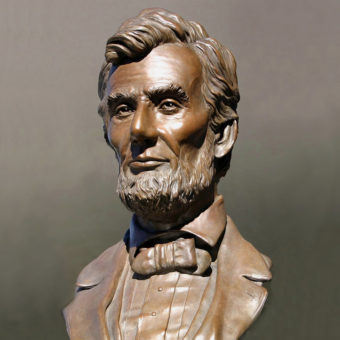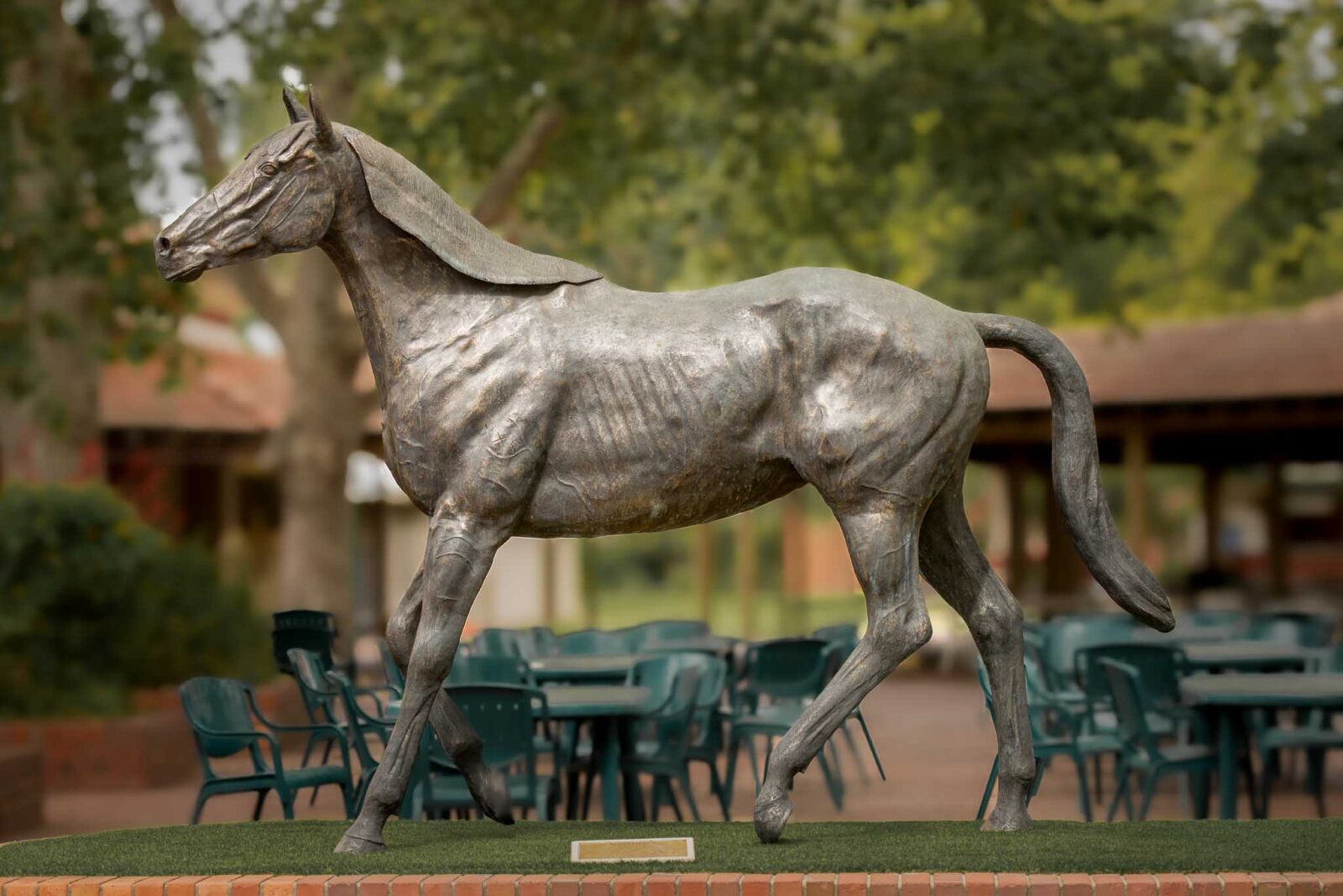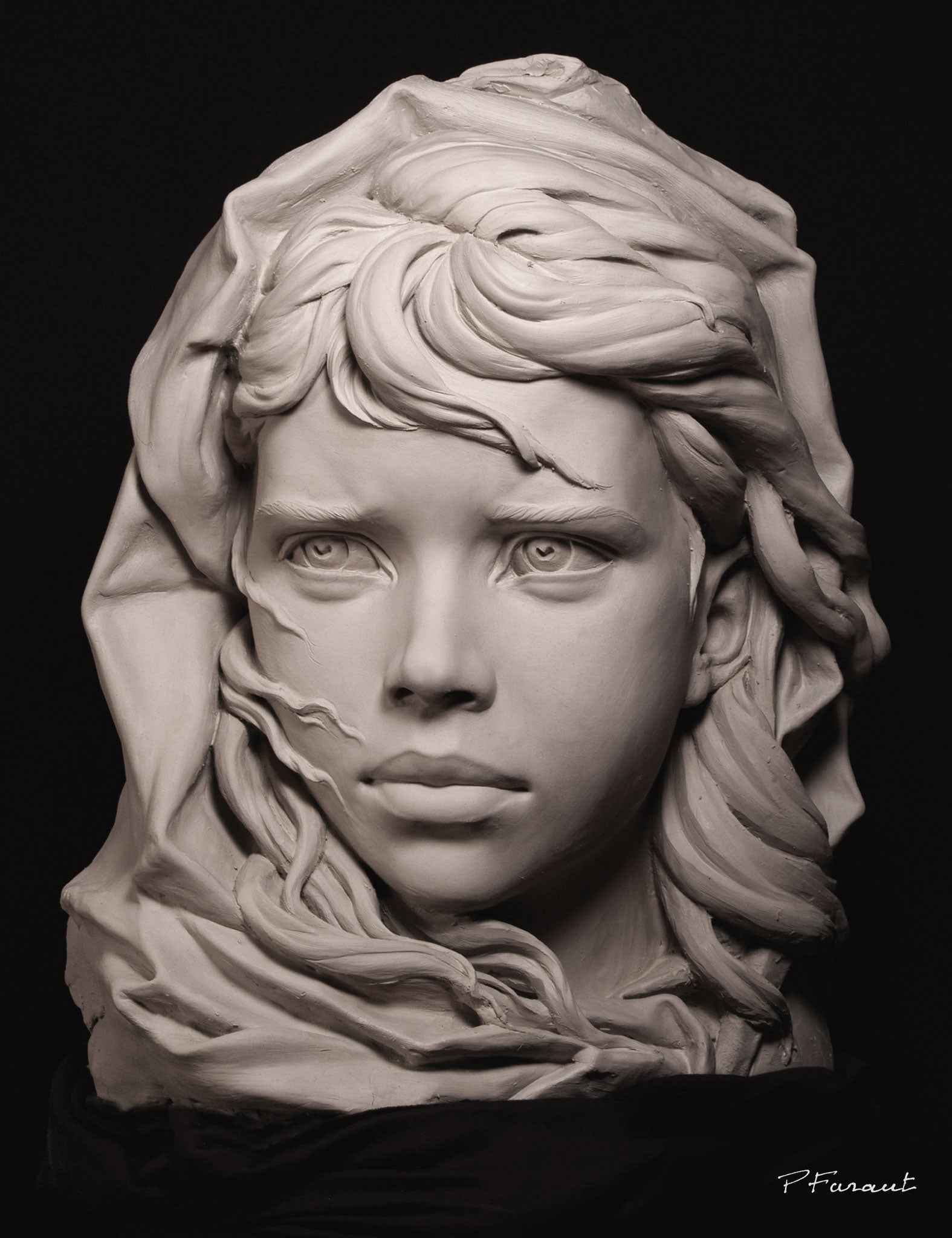Master of Faces: Check Out the Globe of a Portrait Sculptor
Wiki Article
The Influence of Nature in Sculpture Art
The impact of nature in sculpture art is a subject that has actually captivated artists throughout history. From ancient worlds to contemporary artists, the environment has acted as a profound source of ideas. This impact is noticeable in the natural kinds and forms that are commonly found in sculpture, mimicking the curves and contours of nature. Carvers likewise explore appearance and materials in their work, looking for to recreate the tactile qualities of the environment. Significance of natural environments is another method which nature affects sculpture, as musicians imbue their developments with the meaning and organizations inherent in these aspects. The setting itself, with its landscapes, flora, and fauna, is frequently reflected in sculptures, offering a link to the world around us. Eventually, sculpture art has the power to capture the transience of nature, freezing a minute in time and allowing us to appreciate its appeal .Organic Forms and kinds
Organic forms and types, influenced by the intricate patterns and unified frameworks discovered in nature, play a crucial duty in the world of sculpture art. Sculptors have long been mesmerized by the charm and complexity of the environment, discovering motivation in the graceful curves of a seashell, the fragile flowers of a flower, or the turning branches of a tree. By copying and extracting these organic types, artists are able to produce sculptures that evoke a feeling of harmony and equilibrium.Among the factors natural types and forms are so prevalent in sculpture art is their capability to get in touch with customers on a deep psychological degree. The environment recognizes to us all, and when we see these kinds stood for in art, it elicits a feeling of comfort and acknowledgment. It advises us of our area in the grand system of points and allows us to attach with something higher than ourselves.
In addition, organic types and shapes in sculpture art usually symbolize a sense of motion and energy. The streaming lines and dynamic make-ups imitate the consistent motion and development found in nature. This develops a sense of vigor and brings sculptures to life, making them appear as if they might proceed to develop and transform before our eyes.
Structure and Product Exploration
A considerable facet of sculpture art influenced naturally is the expedition of appearance and materials via using numerous techniques and mediums. Artists often draw ideas from the diverse appearances located in the environment, such as the harsh bark of a tree, the smooth surface area of a pebble, or the elaborate patterns on a leaf. By integrating these appearances into their work, carvers can create a tactile experience for visitors, inviting them to engage with the art work on a sensory degree.Appearance can be attained in sculpture via a variety of techniques. Some artists choose to carve or sculpt directly into the selected product, developing a three-dimensional surface that resembles the structures discovered in nature. Others might utilize methods such as molding or casting to capture the information of organic textures. Additionally, artists may try out various products, such as wood, steel, rock, or clay, each using its very own one-of-a-kind appearance and aesthetic allure.
Material exploration is likewise a considerable part of sculpture art affected by nature. They might integrate natural aspects like branches, leaves, or even soil into their sculptures, obscuring the boundaries in between art and the atmosphere.
Significance of All-natural Components
The unification of natural elements in sculpture art adds a layer of importance and depth to the art work. By making use of materials located in nature, artists are able to imbue their creations with definition that resonates with viewers on a profound level. Natural environments such as timber, stone, and plants have been made use of throughout background to share numerous symbolic messages.Sculptures crafted from this product can stimulate a sense of link to the planet and the cycles of life. Sculptures sculpted from stone can represent the timeless nature of specific ideas or principles.
Plants and blossoms are additionally often incorporated right into sculpture art, representing motifs of beauty, development, and revival. The fragile flowers and lively shades of blossoms can evoke feelings of pleasure, while the intertwining branches of plants can signify interconnectedness and unity.
Along with these all-natural products, carvers might likewise utilize natural environments such as water, wind, or fire to additionally enhance the symbolic message of their art work. These components can represent the transformative power of nature, the passage of time, or the forces that shape our globe.

Reflections of the Environment
Representations of the Atmosphere can be seen in sculpture art through the incorporation of natural environments and the portrayal of ecological styles. Artists commonly draw inspiration from the setting, making use of products such as wood, rock, or also recycled products to create their art work. By utilizing these natural aspects, they not only admire the atmosphere yet also produce a more powerful connection in between the artwork and its environments.Along with the materials used, sculpture art also reflects the setting via the representation of ecological themes. Numerous carvers select to show animals, plants, or landscapes in their work, highlighting the appeal and frailty of the environment. These sculptures offer as tips of the relevance of protecting our setting and the requirement for lasting practices.

Furthermore, environmental sculptures often aim to elevate recognition about pressing eco-friendly issues. They function as visual depictions of the effect of human tasks on the atmosphere, such as environment, pollution, or deforestation modification. By depicting these concerns in their art work, carvers want to influence audiences to do something about it and become much more mindful of their own ecological footprint.
Catching the Transience of Nature
Sculpture artists further discover the influence of nature by masterfully catching the ever-changing and Portrait Sculptor ephemeral elements of the natural globe. Through their virtuosity, these artists intend to show the fleeting elegance and transience of nature, stimulating a sense of wonder and consideration in audiences.One method which sculpture musicians catch the transience of nature is by using products that are themselves subject to degeneration and modification. Musicians might pick to work with natural products such as fallen leaves, blossoms, or timber, which naturally weaken over time. This intentional choice highlights the impermanence of nature and reminds us of the inevitable cycle of life and fatality.
Additionally, sculpture artists usually utilize methods that create a sense of activity and fluidness in their job. By incorporating flowing lines and vibrant kinds, they share the ever-changing nature of the natural globe. This can be seen in sculptures motivated by wind, water, or the growth of plants, where the musician looks for to capture the significance of continuous motion and makeover.
In addition, some musicians select to produce momentary or site-specific setups that communicate with the environment. These ephemeral sculptures, made from materials such as sand, ice, or light, are purposefully developed to gradually alter or vanish with time. By welcoming the transient nature of their creations, artists invite customers to reflect on the fleeting beauty of the environment and the impermanence of human existence.

Verdict
In verdict, nature has an extensive influence on sculpture art. Via the use of natural forms and shapes, artists have the ability to evoke a feeling of natural beauty and consistency. Appearance and product exploration even more improve the link to nature, as musicians often include natural materials right into their sculptures. Symbolism of natural environments adds depth and suggesting to the art work, while representations of the atmosphere capture the essence of nature. Ultimately, sculpture art records the transience of nature and commemorates its everlasting impact.
Importance of all-natural aspects is another method in which nature affects sculpture, as musicians imbue their creations with the significance and organizations fundamental in these elements.A substantial aspect of sculpture art affected by nature is the expedition of texture and products through the usage of numerous methods and tools (Contemporary Sculptures).Product exploration is additionally a substantial part of sculpture art influenced by nature.One means in which sculpture musicians catch the transience of nature is by making use of products that are themselves subject to degeneration and adjustment. Structure and product exploration better boost the link to nature, as artists usually incorporate natural materials into their sculptures
Report this wiki page